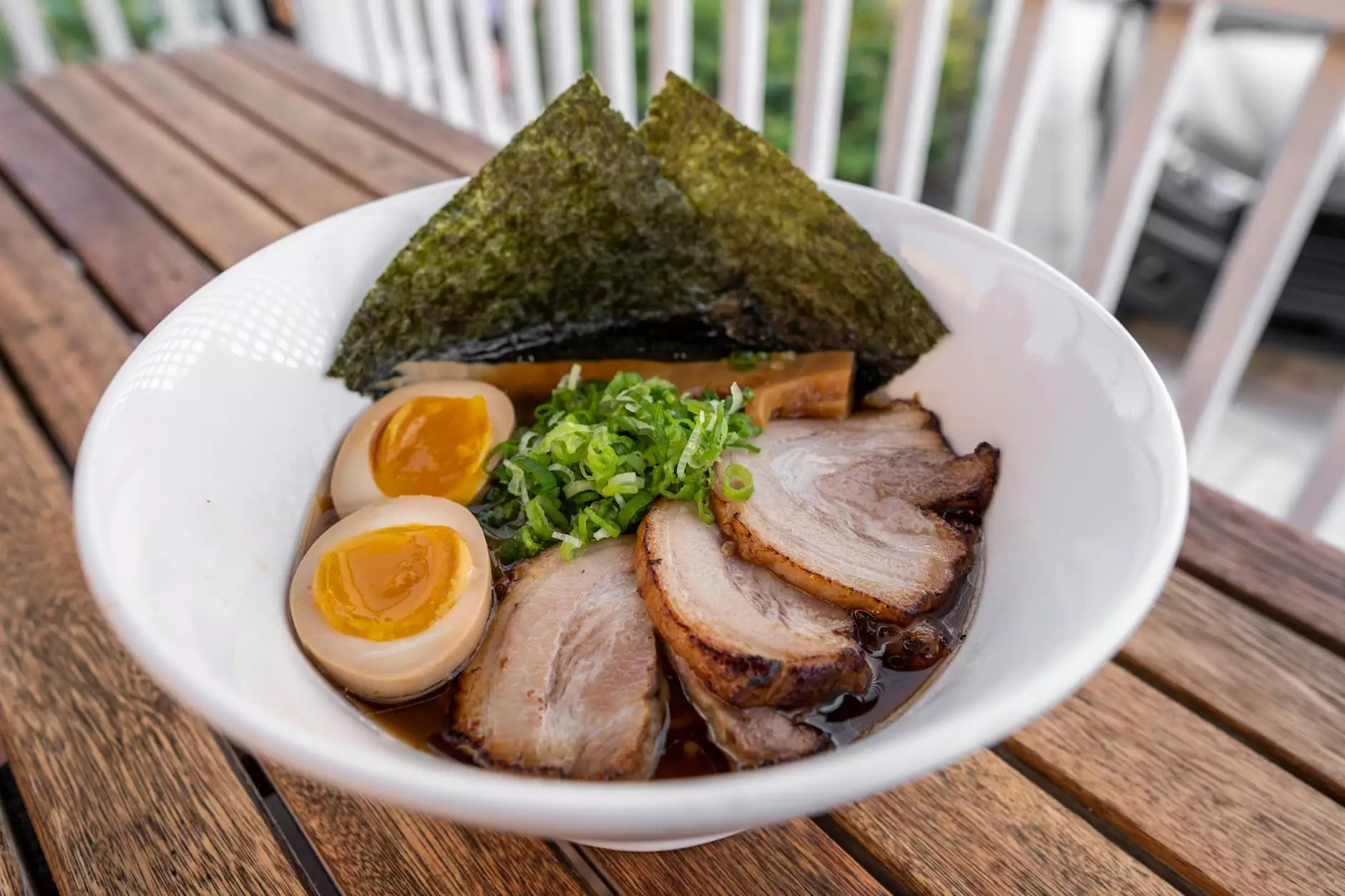The Full Scoop on Wasabi Rhizome: A Culinary Delight

What is Wasabi Rhizome?
Wasabi rhizome, the part of the wasabi plant that is commonly used in culinary applications, is a pungent, spicy root that is often found in Japanese cuisine. The scientific name for this plant is Wasabia japonica, and it is a member of the Brassicaceae family, which also includes mustard and horseradish. Its unique flavor profile not only provides a distinctive heat similar to horseradish but also delivers a fresh, green taste that enhances a wide array of dishes.
The History of Wasabi in Japanese Cuisine
Wasabi has a storied history in Japan, where it has been cultivated for over a thousand years. Originally, it was used not just as a condiment but also for its medicinal properties. This green root was prized among samurai and is still an essential component of traditional Japanese dining. In modern culinary practices, wasabi has gained international acclaim, thanks in part to the rising popularity of sushi and sashimi.
Where Does Wasabi Grow?
Wasabi rhizome thrives in specific environments. It requires a cool, shady area with constant moisture, typically found in the mountain stream beds of Japan. This makes commercial farming of wasabi relatively challenging, leading to a scarcity of genuine wasabi rhizomes outside Japan. As a result, many restaurants and sushi bars have been using imitation wasabi, made primarily from horseradish, mustard, and green food coloring.
The Unique Flavor Profile of Wasabi Rhizome
The taste of wasabi rhizome is truly unique. When grated fresh, it releases volatile oils that provide a sharp, pungent heat that clears the sinuses, unlike the burn from chili peppers which lingers on the palate. This fresh flavor and heat make wasabi an invaluable companion for dishes such as:
- Sushi - Traditionally served as a paste or a fine grate.
- Sashimi - Offers a zesty complement to raw fish.
- Soups - Adds a depth of flavor to miso and other broths.
- Dressings - Can be incorporated into salad dressings for an elegant twist.
- Grilled Meats - Provides a surprising and delightful balance.
Health Benefits of Wasabi Rhizome
Beyond its culinary uses, wasabi rhizome is known for several potential health benefits, culminating from its rich nutrient profile:
- Rich in Antioxidants: Wasabi is packed with antioxidants that help combat free radicals in the body.
- Anti-inflammatory Properties: Compounds in wasabi may contribute to reduced inflammation, making it beneficial for joint health.
- Rich in Vitamins: Contains vitamin C, an essential nutrient known for supporting immune health.
- May Aid Digestion: Helps stimulate digestive enzymes, thereby facilitating better digestion.
- Antibacterial Properties: Some studies suggest that wasabi can inhibit the growth of certain bacteria, potentially adding a layer of health benefits when eating raw fish.
How to Use Wasabi Rhizome in Your Kitchen
Utilizing wasabi rhizome in home cooking can elevate your dishes to gourmet levels. Here are some popular methods of incorporating wasabi into your culinary repertoire:
1. Fresh Grated Wasabi
The best way to experience the unique flavors of wasabi rhizome is to serve it freshly grated. Use a fine grater or a traditional wasabi grater (oroshigane) to achieve the perfect consistency.
2. Wasabi Paste
For convenience, wasabi paste can be made by mixing freshly grated wasabi with a bit of water. The ratio can vary based on taste preferences; start with a small amount of water to achieve a smooth paste.
3. Wasabi Sauce
Mixing wasabi with soy sauce creates a zesty dip perfect for sushi. Adding a little sesame oil or mirin can enhance the flavor profile further.
4. Wasabi in Marinades
Incorporating wasabi into marinades for meats and fish adds an exciting kick. Combine it with ingredients like ginger, garlic, and soy sauce for an irresistible blend.
Identifying Authentic Wasabi Rhizome
With many food products labeled as "wasabi" in the market, knowing how to identify authentic wasabi rhizome is crucial for any culinary enthusiast:
- Appearance: Fresh wasabi rhizome should be firm, smooth, and have a slightly greenish color.
- Smell: It should emit a fresh, grassy aroma, not an overpowering chemical scent.
- Taste: Authentic wasabi gives off a mild heat that dissipates quickly, leaving a fresh aftertaste.
- Price: Genuine wasabi rhizome is often more expensive due to its cultivation difficulties; be wary of options that are priced suspiciously low.
Wasabi Rhizome: A Sustainable Choice
As the global demand for wasabi grows, sustainability becomes an increasingly important factor. When purchasing wasabi, look for brands that emphasize sustainable farming practices. Farmers who grow wasabi in a way that preserves natural ecosystems help ensure that this wonderful ingredient is available for generations to come.
Conclusion: Embrace the Wasabi Rhizome
Incorporating wasabi rhizome into your culinary experiences offers both flavor and health benefits. Whether you’re dining in exquisite sushi bars or experimenting in your kitchen at home, the versatility of wasabi can genuinely transform dishes. By understanding its history, health benefits, and culinary uses, you not only enrich your palate but also embrace a culinary tradition that goes back centuries. So next time you’re at a restaurant or sushi bar, don’t hesitate to ask for real wasabi and appreciate the *delicious complexity* it brings to your meals.
For more insights into authentic Japanese ingredients and to experience the best culinary delights, visit realwasabi.com.









